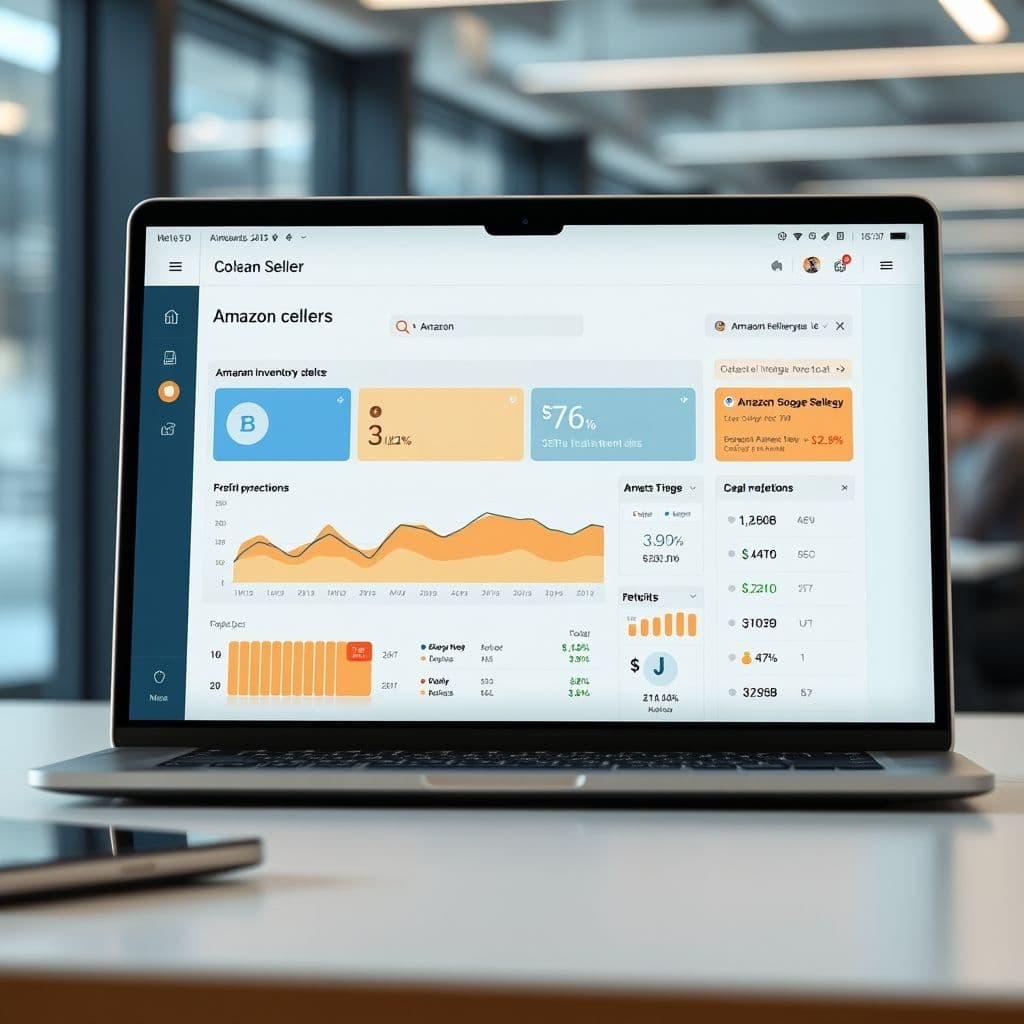The Hidden Challenges of Becoming an Amazon Seller and a Potential SaaS Solution

Starting as an Amazon seller seems like a golden opportunity for passive income, but the reality is far more complex. From confusing account setups to unexpected item restrictions, many aspiring entrepreneurs find themselves overwhelmed before making their first sale. This article explores these pain points in depth and presents a hypothetical SaaS solution that could revolutionize the Amazon selling experience.
The Problem: Why New Amazon Sellers Struggle
The journey to becoming a successful Amazon seller is fraught with unexpected obstacles. First-time sellers must navigate a maze of account verification processes, choose between individual and professional plans, and understand complex fee structures. Many get stuck at the very first step - one commenter asked 'Do I need a business license and LLC right away?' showing the confusion around legal requirements.
Product research presents another major hurdle. While tools like Helium 10 exist, beginners often don't know how to interpret the data effectively. Restricted items and barcode requirements frequently derail promising product ideas, as evidenced by comments like 'I ran into so many restricted items' and 'Do you have to use a bar code for each item?' The initial investment can also be prohibitive, with many underestimating the costs of inventory, shipping, and Amazon's cuts.

Idea of SaaS: A Comprehensive Amazon Seller Platform
Imagine a SaaS platform that acts as a complete onboarding companion for new Amazon sellers. This hypothetical solution would guide users through every step - from choosing the right account type based on their projected sales volume to navigating legal requirements specific to their location. The platform could include interactive checklists that adapt based on whether the user is selling private label, wholesale, or retail arbitrage.
Key features might include a restriction analyzer that scans potential products against Amazon's constantly changing policies before purchase, saving sellers from costly mistakes. An integrated barcode generator could handle GS1 requirements automatically. For inventory management, the platform could suggest optimal order quantities based on sales velocity and seasonal trends, helping with cash flow management - a major pain point mentioned by sellers who 'lost tons of money and time.'

Potential Use Cases and Benefits
For complete beginners, this hypothetical platform could dramatically reduce the learning curve with step-by-step video tutorials and interactive walkthroughs. The 'Do you sell private label?' comment highlights how confusing business models can be - the SaaS could compare different approaches with pros and cons tailored to the user's capital and goals.
Seasoned sellers might benefit from advanced features like automated repricing tools that adjust listings based on competitor activity and inventory age. The platform could integrate with accounting software to simplify tax preparation, addressing concerns about LLCs and EINs that frequently appear in seller discussions.
Conclusion
While becoming an Amazon seller offers exciting opportunities, the path is riddled with pitfalls that discourage many would-be entrepreneurs. A comprehensive SaaS solution that simplifies onboarding, clarifies requirements, and provides intelligent inventory management could transform this challenging process into an accessible business opportunity for many more people.
Frequently Asked Questions
- How difficult would it be to develop this Amazon seller SaaS?
- Developing such a platform would require significant research into Amazon's API capabilities and constant policy updates. The most complex aspects would likely be the restriction analyzer (which would need to track Amazon's frequently changing rules) and the inventory prediction algorithms. However, starting with core onboarding features could provide immediate value while more advanced tools are developed.
- What would be the biggest challenges for this SaaS idea?
- The main challenges would be maintaining accuracy as Amazon frequently changes its policies and fees, and differentiating from existing tools like Helium 10. The platform would need to focus on the complete beginner experience rather than just data analytics to carve out its niche.
- Could this SaaS help with international Amazon marketplaces?
- Absolutely. The 'Is it only for AMERICANS?' comment highlights this need. An ideal version would include country-specific guidance on legal requirements, tax obligations, and marketplace differences, making it valuable for sellers worldwide.


